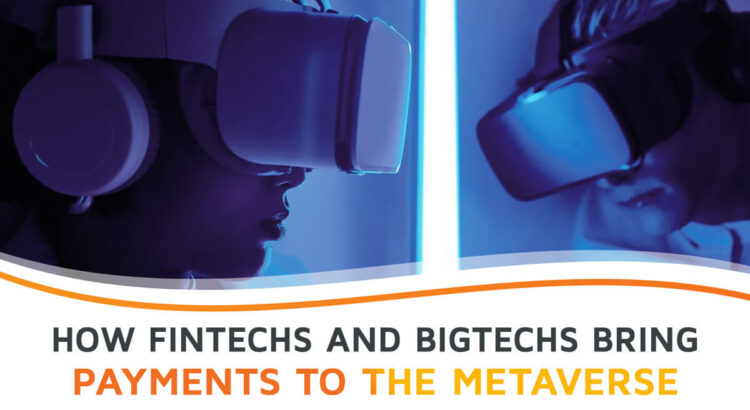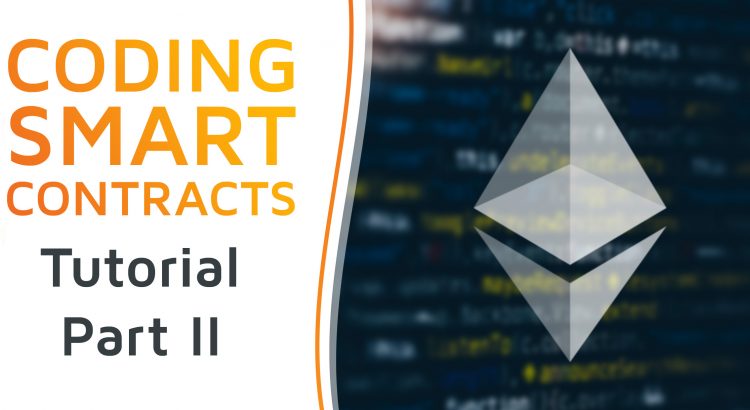As a leading provider of cutting-edge online payment solutions, we’re committed to empowering businesses to succeed in the digital economy. In this article, we’re excited to offer you exclusive access to valuable resources that can improve your approach to online payments – and provide new, revenue-boosting opportunities for your business.
Explore our collection of free white papers designed to address key challenges and unlock new opportunities:
- “Unlocking your marketplace payment gateway”: Discover strategies to optimize your marketplace payment gateway and enhance transaction efficiency.
- “Going global with local payments”: Learn how to expand your business globally by embracing local payment methods and catering to diverse customer preferences.
- “3 pain points of fashion e-commerce”: Identify and address common pain points in fashion e-commerce to streamline payment operations and improve customer satisfaction and conversion.
- “The Payment Construction: How to Build Success in E-Commerce”: Gain insights into the essential elements of a successful e-commerce payment strategy and build a solid foundation for long-term success.
Ready to take your e-commerce business to the next level? Download your free copies of these insightful white papers and start your journey toward payment excellence. If you like the white papers and are ready to benefit from our expertise, just drop us a line to info@trimplement.com Let’s revolutionize the way you do your payments together!














